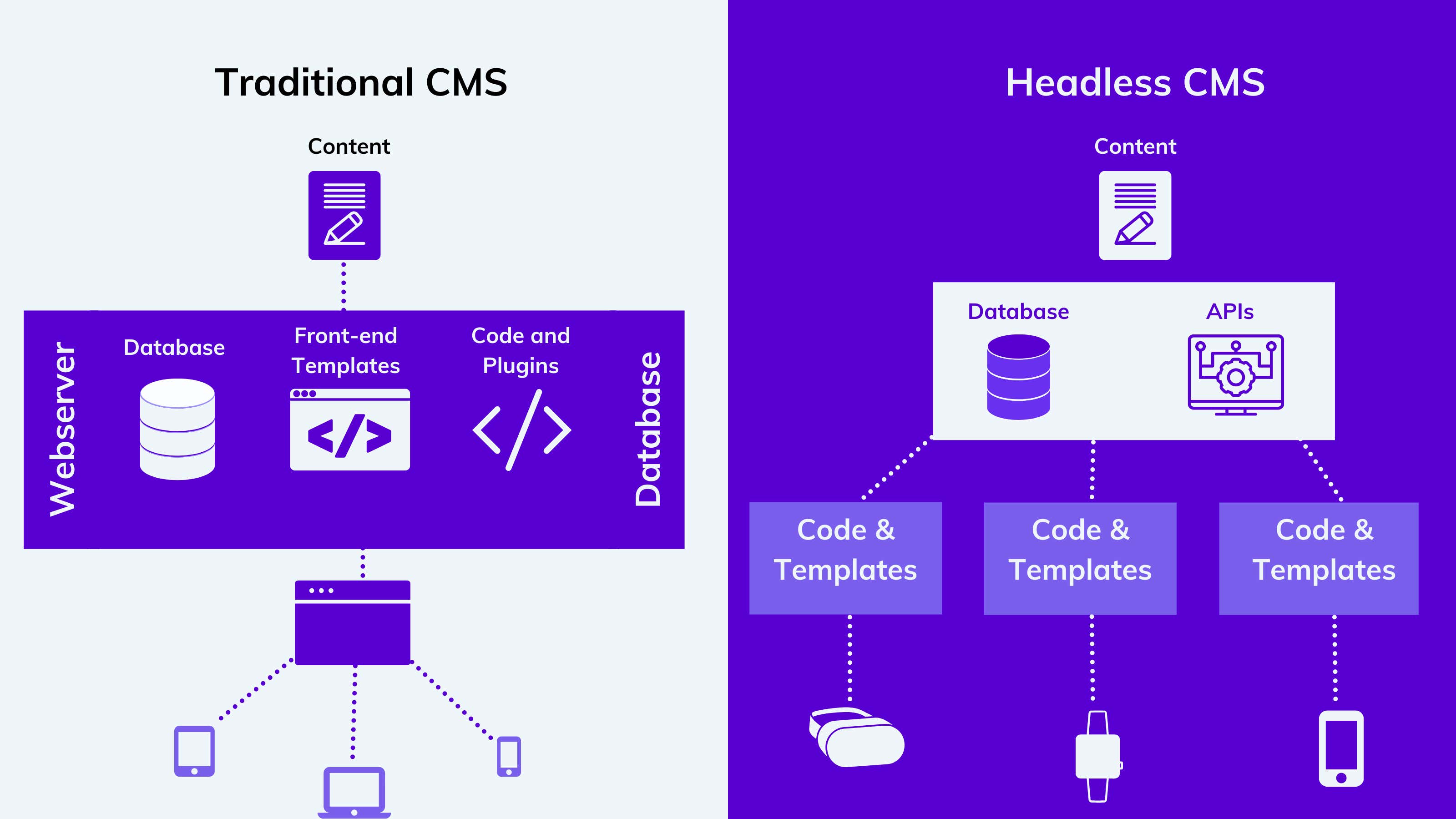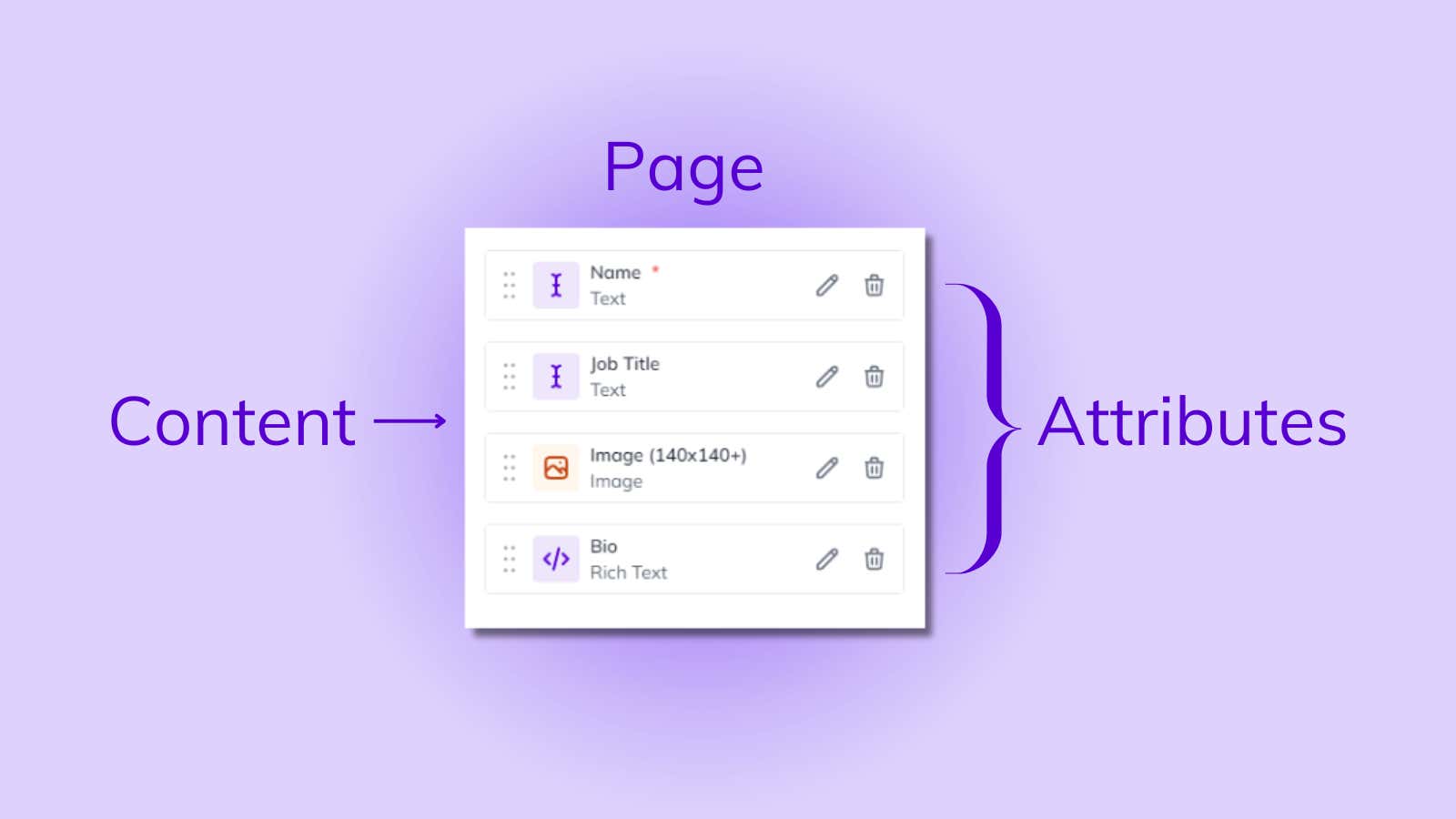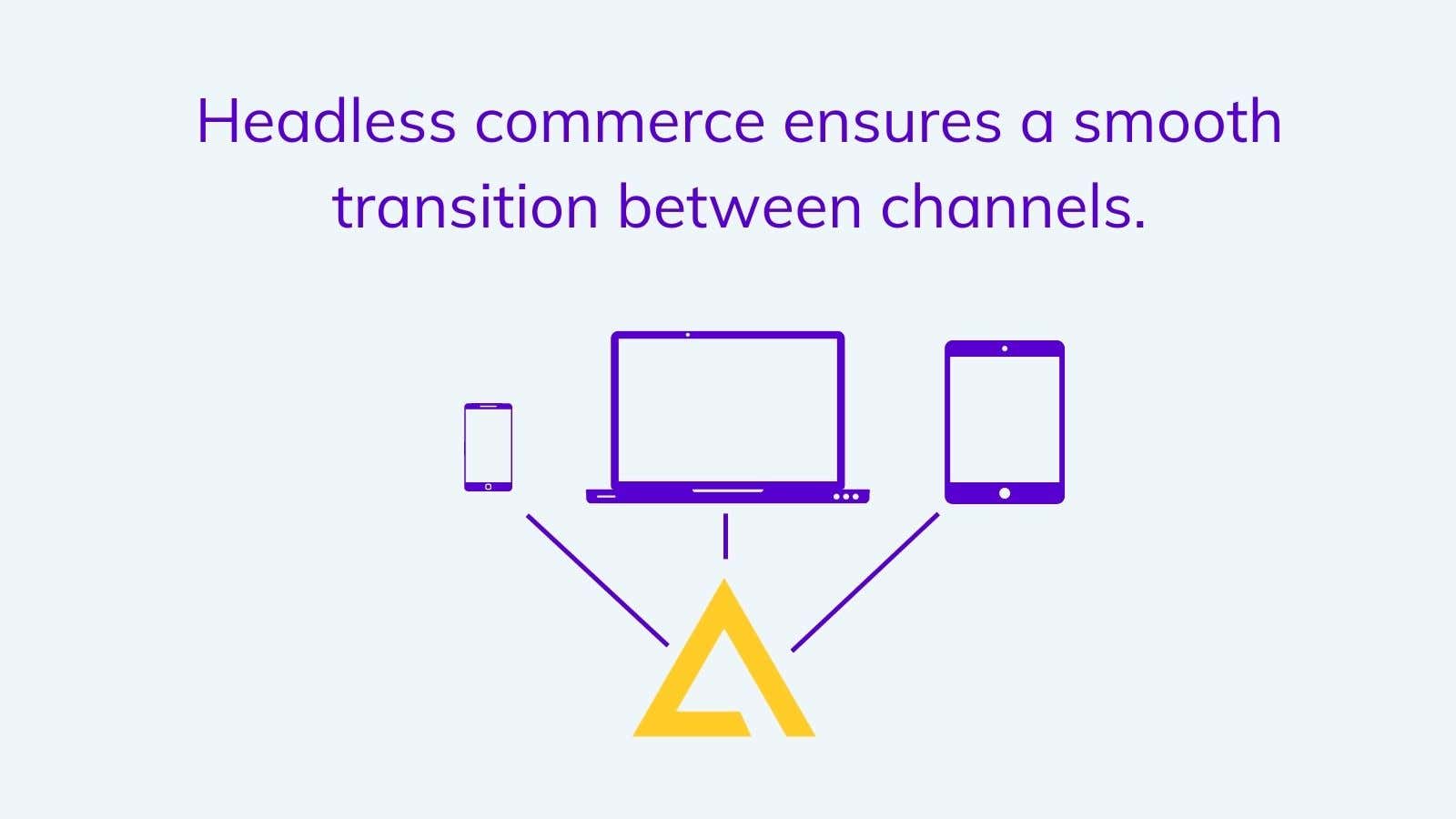CMS and SEO: How a Headless Approach Futureproofs Your Strategy
Create faster sites and cleaner content structures for emerging search trends.


SEO is no longer just about keywords and backlinks. With Google’s Core Web Vitals, mobile-first indexing, and the rise of omnichannel content, your CMS architecture now directly impacts your search rankings.
Traditional CMS platforms like WordPress often struggle with performance bottlenecks, plugin bloat, and rigid templates—issues that hurt SEO agility.
In this guide, we’ll explain how a headless CMS solves these challenges, delivering faster sites, cleaner content structures, and SEO adaptability for emerging trends like voice search and AI-driven indexing.
Plus, we’ll show you how Agility CMS makes it easier than ever to futureproof your SEO strategy.
What Is Headless CMS SEO?

Traditional CMS SEO relies on plugins and themes, while headless CMS SEO prioritizes structured content and API-driven delivery.
Headless CMS SEO decouples content creation from presentation, letting developers optimize technical SEO without theme or plugin limitations. Unlike traditional CMS platforms, which bundle content and design, a headless CMS:
-
Stores content as structured data.
-
Delivers it via APIs to any frontend (websites, apps, smart devices).
-
Gives developers full control over metadata, URLs, and schema markup.
| Feature | Traditional CMS | Headless CMS |
| Site Speed | Slower (theme/plugin bloat) | Faster (static sites, CDNs) |
| SEO Flexibility | Limited by themes/plugins | Full control via APIs |
| Omnichannel Readiness | Web-focused | Any device or channel |
| Structured Data | Plugin-dependent | Built into content models |
| Scalability | Limited by server/database | Global CDN performance |
Why a Headless CMS Futureproofs Your SEO Strategy
1. Blazing Site Speed & Core Web Vitals
A headless CMS pairs seamlessly with SSGs (Next.js, Gatsby, Hugo) to generate static HTML files. This eliminates server-side delays, slashing load times and boosting Google rankings.
2. Full SEO Control (URLs, Metadata, Canonicals)
No more wrestling with Yoast SEO plugins. Developers can:
-
Customize URL structures.
-
Add dynamic meta tags (title, description, OG tags) to content models.
-
Implement canonical URLs programmatically.
3. Adaptability to Algorithm Changes
When Google updates its algorithms (e.g., prioritizing mobile-first indexing), headless CMS users can:
-
Update structured data globally via APIs.
-
Deploy SEO changes instantly without theme overrides.
4. Omnichannel SEO Readiness
Optimize once, publish everywhere: Deliver SEO-friendly content to voice assistants, apps, and IoT devices.
Structured content in a headless CMS is optimized for voice search, wearables, and AI-driven platforms like ChatGPT. This makes it easier to support new discovery methods like smart assistants.
5. Better Content Modeling for Indexing

Clean content hierarchies improve crawlability and indexation.
By modeling content with SEO fields (e.g., metaTitle, canonicalUrl), you ensure search engines understand your pages’ context.
Best Practices for SEO with a Headless CMS
-
Use Schema Markup (JSON-LD)
{
"@context": "https://schema.org",
"@type": "Article",
"headline": "Futureproof Your SEO Strategy",
"author": "Agility CMS",
"datePublished": "2024-09-01"
}
2. Design for Mobile-First & Voice Search
-
-
Prioritize responsive layouts.
-
Use natural language in content.
-
3. Integrate React Helmet or Vue Meta
Manage dynamic meta tags in JavaScript frameworks.
4. Build with SSGs Like Next.js
Generate static pages for instant load times.
5. Host on a Fast CDN
Use Netlify, Vercel, or Cloudflare for global caching.
How Agility CMS Makes SEO Easier (and Smarter)
-
Structured Content Modeling: Define SEO fields like metaDescription and canonicalUrl visually.
-
Hybrid Page Management: Developers control routing; marketers edit SEO metadata in a familiar UI.
-
Jamstack-Ready: Deploy to Vercel or Netlify with one click.
- Built for Collaboration: SEO teams and developers work in sync.
Common Myths About Headless SEO (Debunked)
| Myth | Reality |
| "Headless CMSs hurt SEO" | Headless CMSs enable faster, cleaner, SEO |
| "You need plugins for SEO" | APIs and structured content replace plugins in a headless CMS platform |
| "Only developers can manage SEO" | Agility CMS's UI empowers marketers too |
Final Thoughts: SEO Success Starts with a Future-Ready CMS
Google’s algorithms will keep evolving, but a headless CMS ensures your SEO strategy adapts effortlessly.
With Agility CMS, you get the best of both worlds: developer control for technical SEO and marketer-friendly tools for content optimization.
Ready to Futureproof Your SEO?
→ Try Agility CMS Free
→ Book an SEO Strategy Demo

About the Author
Agility CMS is Canada's original headless CMS platform. Since 2002, Agility has helped companies across Canada and around the world better manage their content. Marketers are free to create the content they want, when they want it. Developers are empowered to build what they want, how they want.
- Get a demo for a personalized walkthrough.
- Try for FREE and experience Agility CMS.
- Contact us with your questions.




